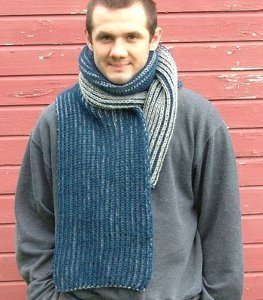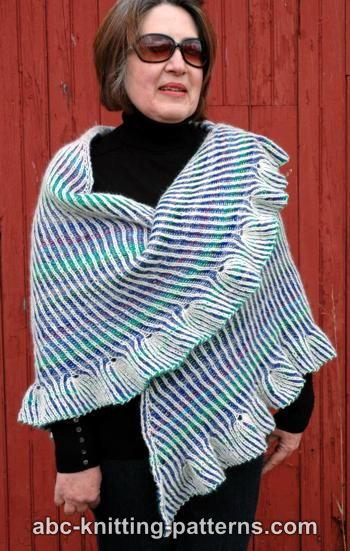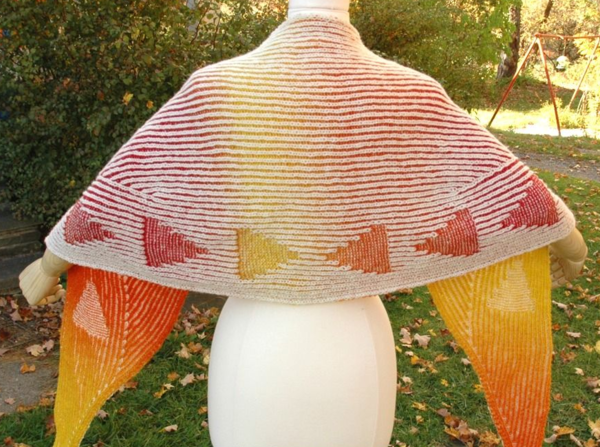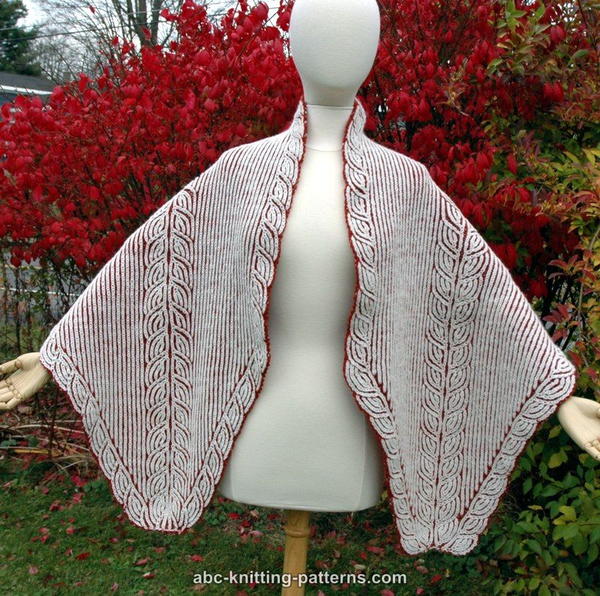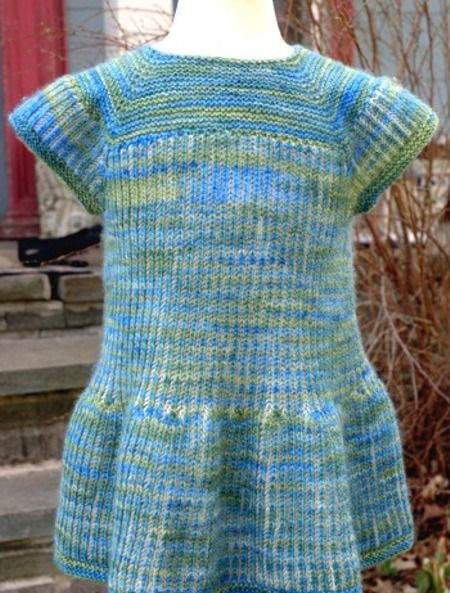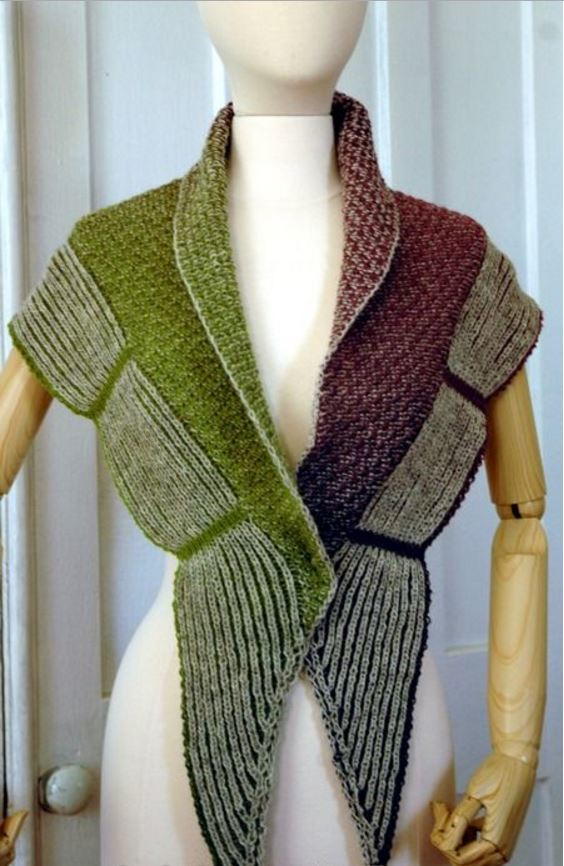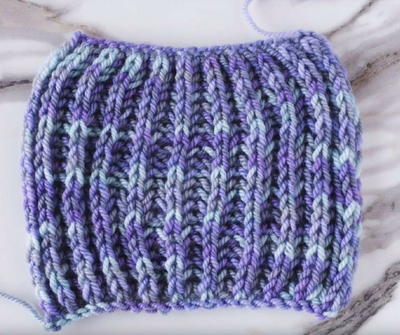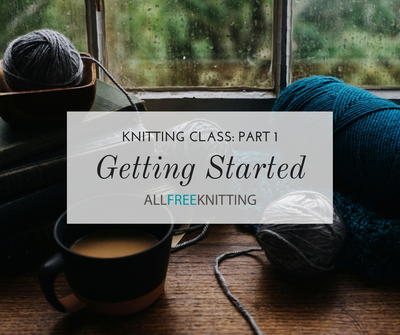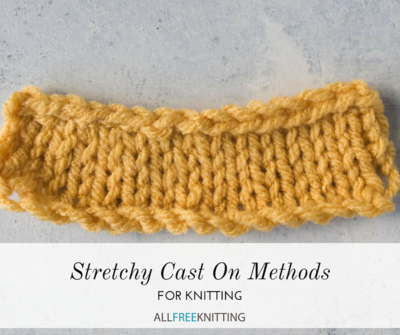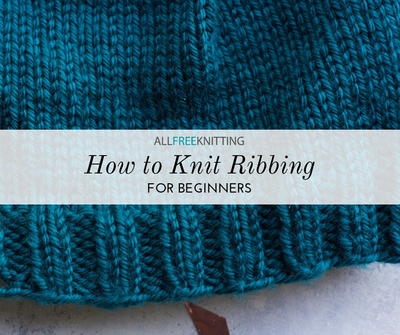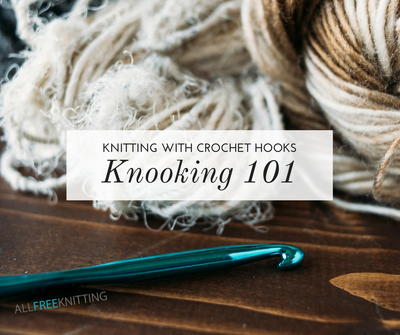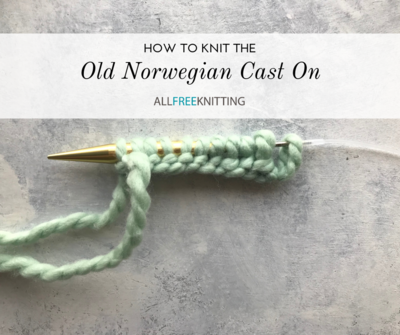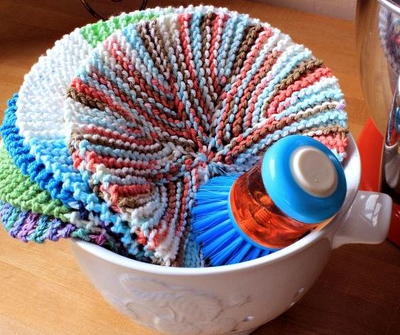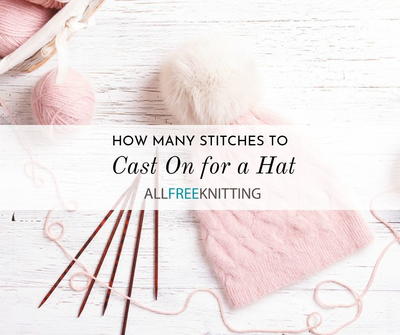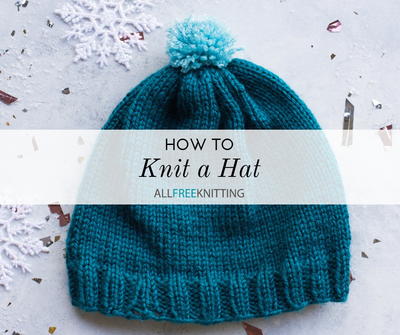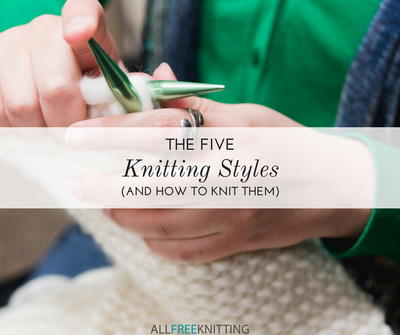How to Knit Brioche
Barking and burping? Excuse you! The brioche knitting technique is a stunning as it is unique.
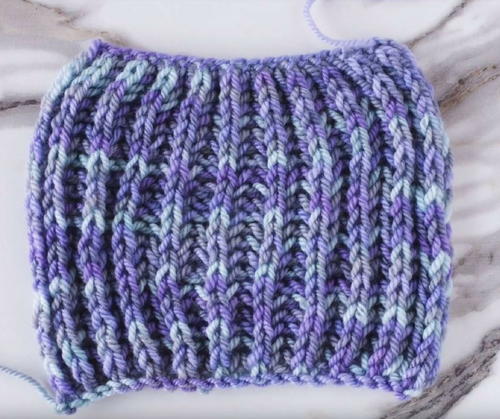
Brioche knitting has a reputation for being one of the most complicated techniques in knitting. And while there are quite a few ways in which brioche knitting can be a bit challenging, most of the hype around this knitting technique comes from the unique terminology that's used for brioche. The new words and stitches can even make the most experienced knitters a little confused from time to time.
What do barking and burping have to do with knitting?
Once you get past the strange terminology and seemingly complicated charts with bizarre symbols, brioche knitting is actually quite simple. We recommend starting with an easy one-color brioche project, so you can get the hang of the brioche knit and purl stitches. But once you've mastered that, learning how to knit brioche with two colors is one of the most fun and most stunning ways to do colorwork in knitting.
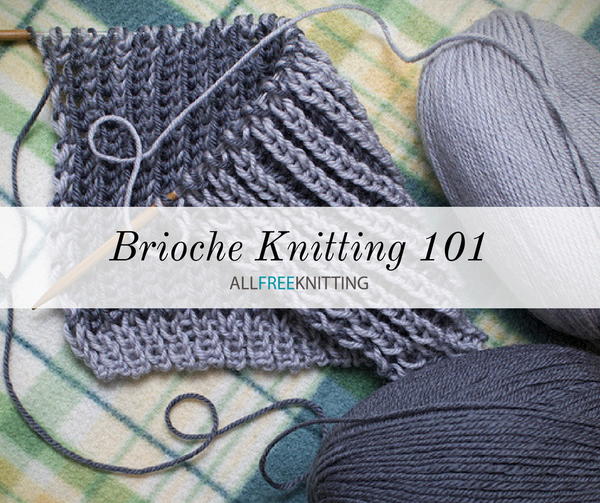
What is Brioche Knitting?
Brioche knitting is a knitting technique that creates rib stitch that's formed with a combination of brioche knit stitches and SL1YOs. Doing this will give you a very fluffy and squishy ribbed fabric that feels fluffy like brioche bread, which is where this stitch gets its name!
This knit stitch might just look like a simple rib stitch, but there's so much more to it. The mechanics of brioche knitting are slightly different than regular knitting, but they aren't difficult to learn at all, and once you really get the hang of it, you can use brioche knitting to create some very intricate, stunning, and reversible designs.
Brioche Knitting Terminology
Brk (Bark) - Short for "brioche knit." This simply means knitting through both loops of a slip 1 yarn over from the previous row.
Brp (Burp) - Short for "brioche purl." This simply means purling through both loops of a slip 1 yarn over from the previous row. This stitch is only used in two-color brioche and brioche in the round.
Sl1yo - Slip 1 yarn over. This stitch is done by slipping a stitch purlwise and bringing the yarn over the needle simultaneously to create an X above the needle with two loops of yarn.
Light side (LS) - Because brioche knitting doesn't have a right side or a wrong side, this term is used in two-color brioche to refer to the side where the lighter yarn is more prominent and used to form the Vs of the ribs.
Dark side (DS) - Similarly to "light side," this term refers to the opposite side, where the darker yarn is more prominent and used to form the Vs of the ribs.
Light color (LC) - Most commonly seen in its abbreviated form, LC, this term refers to the lighter color of yarn in two-color brioche, which is typically the color that you will use to cast on.
Dark color (DC) - Also more commonly seen abbreviated as DC, this simply refers to the darker color of yarn in two-color brioche.
How to Knit Brioche
CO an even number of sts
Row 1:
Slip 1 st with yarn in front
*Bring yarn to the back and k1
Bring yarn to the front and do a slip 1 yarn over (shown below)
Repeat from * until the last stitch
K1

Row 2:
Slip 1 with yarn in front
* Bring yarn to the back and brioche knit 1
Note: To brioche knit, simply knit through both of the loops that form the X from the slip 1 yarn over in the previous rows. This will look very similar to a knit 2 together.
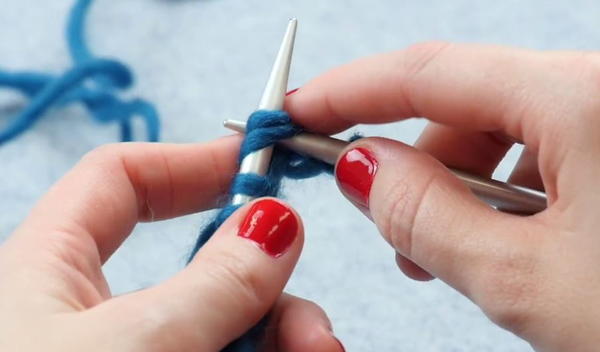
Bring yarn to the front and do a slip 1 yarn over
Repeat from * until the last stitch
K1
Repeat this second row until you have 1 row remaining
Last Row:
Slip 1 stitch with yarn in front.
* Bring the yarn to the back
Brioche knit (bark) 1, p1
Repeat from * until the last stitch
K1
Bind off all sts.
Here's a simplified version of this pattern for single-color brioche:
CO an even number of sts
Row 1: Sl1f, (k1, sl1yo) across, k1.
Row 2: Sl1f, (brk, sl1yo) across, k1.
Rep row 2 until you have one row remaining.
Last Row: Sl1f, (brk, p1) across, k1.
BO all sts.
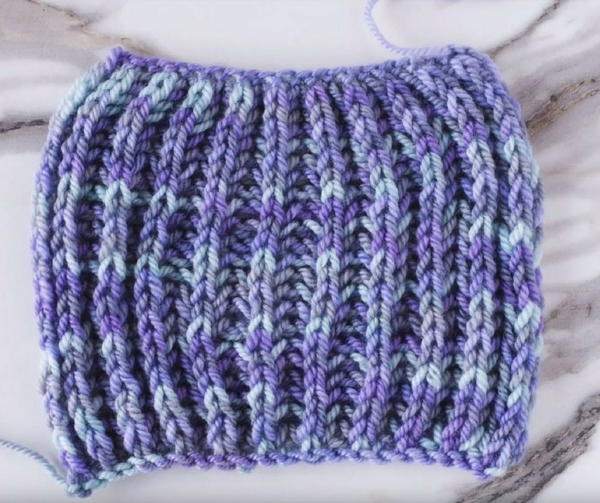
One-Color Brioche vs. Two-Color Brioche
Two-color brioche is where the amazing properties of this knitting technique really shine. This video below will teach you the basics of the two-color brioche knitting technique. It IS a little bit more difficult that single color because brioche knitting has its own method of colorwork that differs greatly from methods like intarsia colorwork and stranded colorwork.
Two-Color Brioche Variations
Two-color brioche is really the main reason people learn to brioche knit. Similarly to the Fisherman's rib stitch, with a series of left- and right-leaning increases and decreases, you can easily create stunning two-color floral designs, braids, and more!
This pattern below for a two-color brioche scarf is a great one for knitters who want to try their hand at one of the most advanced and stunning knitting techniques around.

Brioche Knitting Chart Symbols
More advanced brioche knitting patterns often require knitting charts in order to make the pattern clearer. This not only makes the colorwork pattern more visible to you as you work through the pattern, but they can also help you visualize how the stitches themselves affect the curves and branches of the brioche pattern.
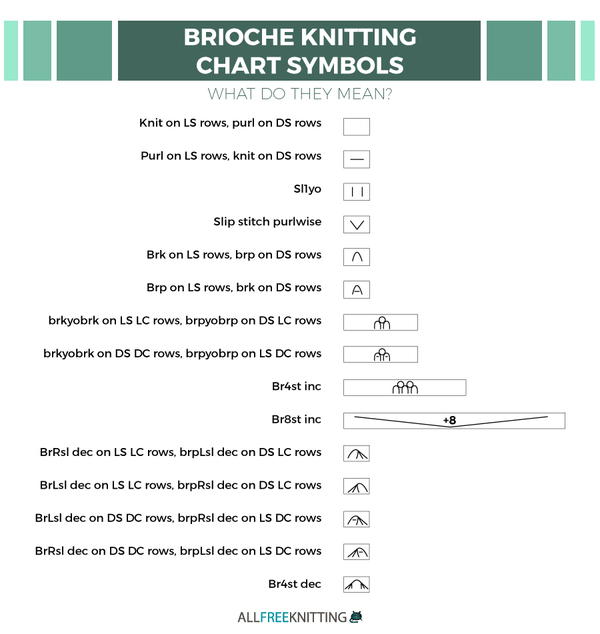
Free Brioche Knitting Patterns
1. Two-Color Brioche Scarf
2. Big, Fluffy Brioche Cowl
3. Tulip Ruffle Shawl
4. Beautiful Brioche Knit Shawl Pattern
5. Brioche Knit Stole
6. Springtime Brioche Baby Dress
7. Meadow Brioche Shawl Pattern
Your Recently Viewed Projects
flying2anotheruniv erse 4993407
Jun 06, 2018
One of the nicest and most important pages explaining the brioche stitch.
clairity123
May 30, 2018
This seems to be the easiest directions Ive seen so far for what seems a complicated stitch. But its for continental knitters, what about us throwers? I can knit continental but my purl is way too wonky to do this S1PurlwiseYO
Report Inappropriate Comment
Are you sure you would like to report this comment? It will be flagged for our moderators to take action.
Thank you for taking the time to improve the content on our site.

